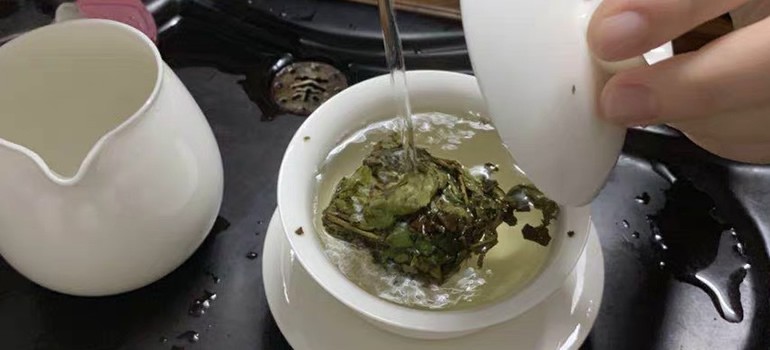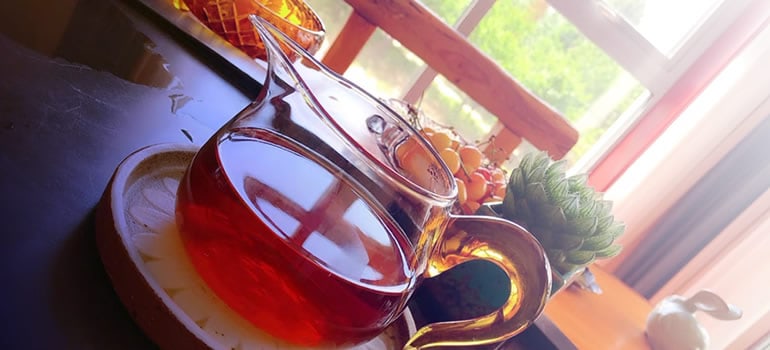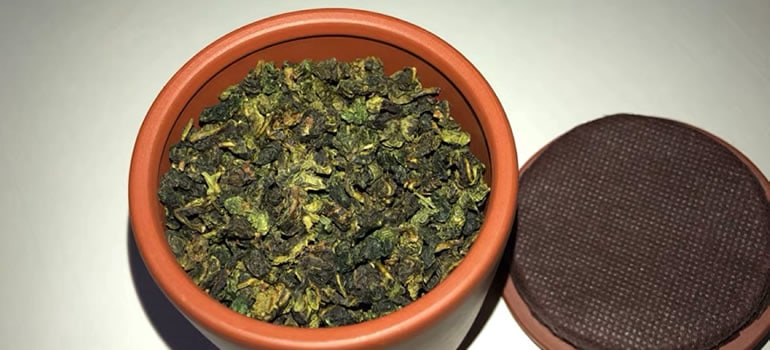As we all know, white tea is divided into Baihao Yinzhen, White Peony(Bai Mu Dan), Gongmei, and Shoumei.
Among them, White Peony and Shoumei are often compared by tea lovers.
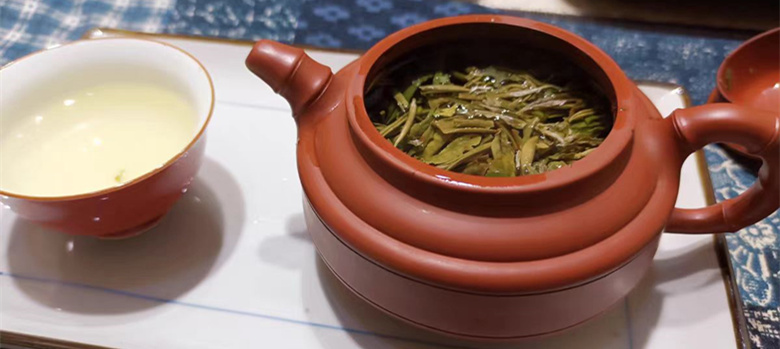
So, what is the difference between White Peony and Shoumei? The short answer is:
White Peony has thin stems and small leaves;
Shoumei tea has thick stems and large leaves;
In today’s article, we will show you how to tell the difference between white peony and Shoumei.
Keep reading!
Appearance
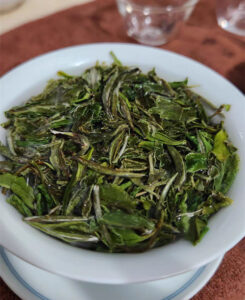
White Peony and Shoumei look similar, but if you look closely, you will find that they are different.
There are differences in leaf size, tea stem length, bud plumpness, and the number of pekoe.
The Leaves.
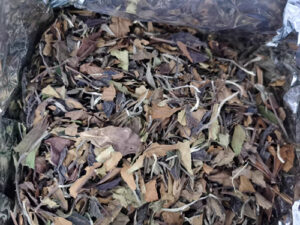
From the perspective of picking standards, white peony has one bud and one or two leaves, and Shoumei has one bud and three or four leaves.
The number of leaves of Shoumei is much more than that of White Peony.
And the leaves will be larger and more generous.
The Buds
The buds of White Peony are fuller and fatter than those of Shoumei.
The Tea stems
The tea stems of White Peony are thin, short, and tender.
The tea stems of Shoumei are thicker and longer, which is much more obvious than that of white peony.
Quantity of Pekoe
The pekoe on the White Peony is rich and dense.
Compared with Shoumei, although there is also dense pekoe, they still appear slightly sparser.
The White Peony is small and exquisite, and the Shoumei is more fluffy.
From the appearance, the difference between the two can be easy to see.
Picking Time
The White Peony is mostly picked in early spring, from the end of March to mid-April.
The Shoumei is generally picked during the period from mid-April (late spring) to the period before and after the cold dew.
Some Shoumei is also picked in autumn.
Aroma
Because White Peony was picked earlier than Shoumei, it has more pekoe than Shoumei and has more pekoe incense.
White peony also has a rich floral fragrance, such as gardenia fragrance, sweet-scented osmanthus fragrance, and so on.
The fragrance of Shoumei is lighter, and the floral fragrance is not so obvious.
Tea Color
After brewing, you should observe the difference in the color of the tea.
The color of White Peony and Shoumei is very different.
The tea color of Shoumei is darker than that of White Peony with the same brewing time.
The difference in the color of these soups mainly comes from the different pigment substances inside.
The growth period of Shoumei is longer, the pigment substances are more mature. The content of thearubigin, theaflavin, and tea brown will be higher, so the color will be darker.
Taste
At the same brewing time, the tea of Bai Peony will be sweeter, softer, fresher, and more refreshing;
The soup of Shoumei is more flamboyant, sharp, and saturated.
The difference in taste is mainly due to the difference in the content of the contained substances.
Tea polyphenol content: spring tea < summer tea; buds < leaves;
Caffeine content: spring tea <summer tea; buds> leaves;
Theanine content: spring tea>summer tea; buds>leaves.
Among the above three substances, tea polyphenols are astringent; caffeine is bitter; theanine is sweet and refreshing.
This makes it easy to find the rules.
The white peony has many buds and few leaves, so the content of tea polyphenols is low, and astringency is not easy to appear; the theanine content of white peony is high, and the tea is sweeter and fresher;
Although from the perspective of related components, the content of caffeine in the shoots will be more than that in the leaves, under the neutralization effect, the sweetness still wins.
The content of tea polyphenols in Shoumei will be higher, and the content of theanine will be lower, so the taste will be more public, and saturated, and the taste will be stronger.
Final Thoughts
There are still many essential differences between Shoumei and White Peony.
White peony, with a fresh aroma and sweet taste, like a beautiful flower;
Shoumei has a steady aroma and rich taste, like a simple and honest tree.

